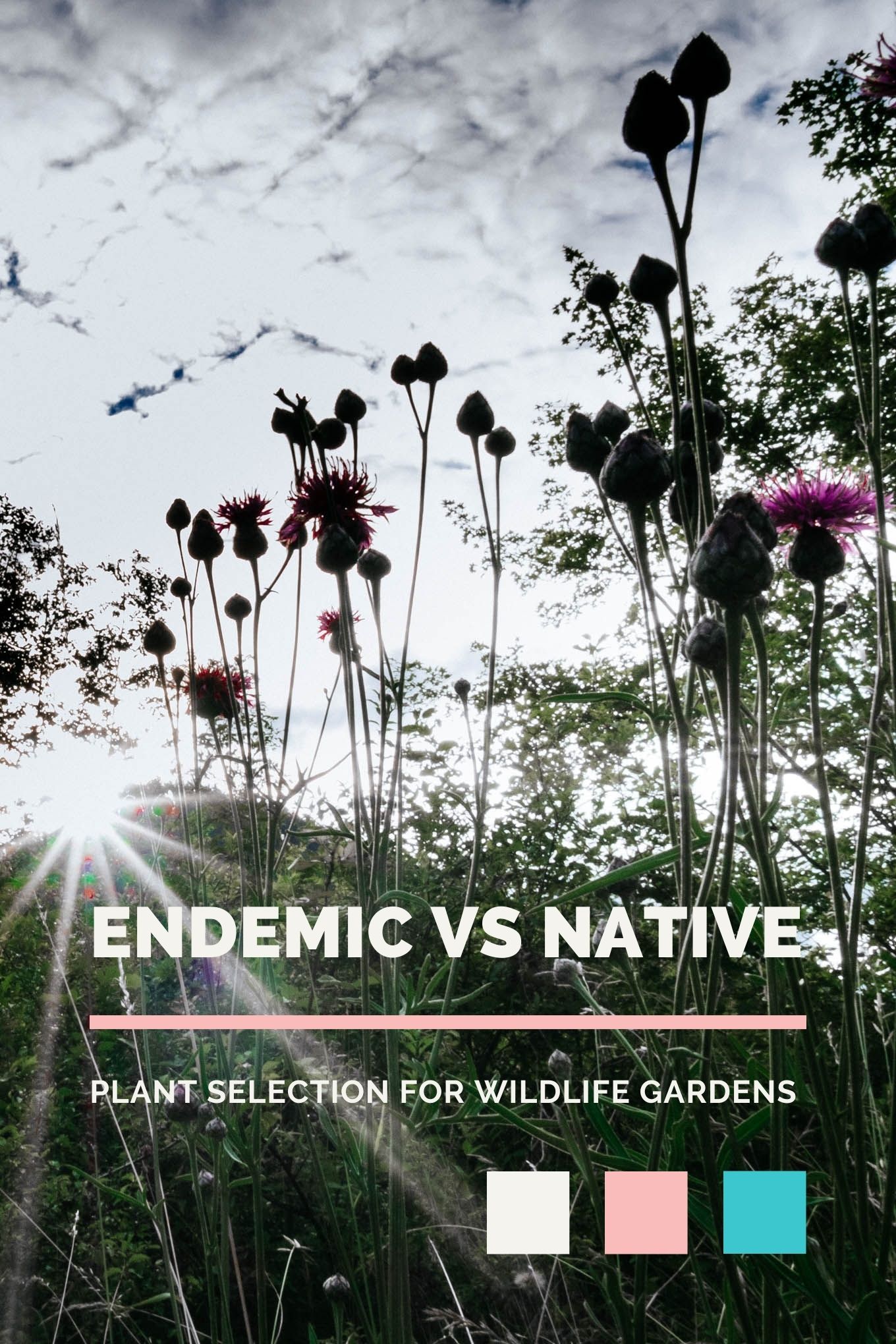As an Amazon Associate, I earn from qualifying purchases.
Indigenous plants are native to a specific region, adapting naturally over time. Garden plants are often non-native, cultivated for aesthetics.
Indigenous plants play a crucial role in maintaining local ecosystems. These plants support native wildlife, offering food and shelter. Garden plants, on the other hand, are chosen for their visual appeal and often require more maintenance. They may not support local wildlife as effectively.
Indigenous plants are usually more resilient to local climate and soil conditions. Garden plants might need extra care, including watering and fertilizing. Choosing between indigenous and garden plants depends on your priorities. If you aim to support local biodiversity, indigenous plants are the best choice. For aesthetic purposes, garden plants offer diverse options.
Characteristics Of Indigenous Plants
Indigenous plants are native to a particular region. They have evolved naturally over time. These plants are adapted to the local environment. They are crucial for maintaining the local ecosystem. Let’s explore their key characteristics.
Adaptation To Local Ecosystems
Indigenous plants are well-suited to their native areas. They thrive in local soil and climate conditions. This adaptation means less need for water and fertilizers. Indigenous plants also resist local pests better.
Natural Growth Patterns
These plants have evolved unique growth patterns. They grow in harmony with local wildlife. Indigenous plants support local insects and animals. This creates a balanced ecosystem.
| Feature | Indigenous Plants |
|---|---|
| Water Needs | Low |
| Fertilizer Needs | Minimal |
| Pest Resistance | High |
- Adapted to local soil and climate
- Support local wildlife
- Require less maintenance
Characteristics Of Garden Plants
Garden plants are the stars of home gardens. They bring beauty and color to any space. Their characteristics differ from indigenous plants.
Human Cultivation
Garden plants are nurtured by people. They do not grow in the wild. Humans plant them for their beauty or food value. Gardeners give them water, fertilizer, and care. This helps them grow strong and healthy.
- Watering: Regularly given water keeps them lush.
- Fertilizing: Special nutrients help them thrive.
- Pruning: Trimming keeps them in shape.
Variety And Hybridization
Garden plants come in many types. Some are hybrids made by mixing different plants. This creates unique flowers, fruits, and colors. These hybrids are often stronger and more beautiful.
| Type | Characteristics |
|---|---|
| Roses | Many colors, hybrid varieties |
| Tomatoes | Different sizes, hybrid for better taste |
| Orchids | Exotic hybrids, unique colors |
Garden plants bring joy and beauty. They need care and human love.
Ecological Roles
Understanding the ecological roles of indigenous plants and garden plants is crucial. Both types of plants contribute differently to our environment. Let’s explore their impact on biodiversity, soil, and water.
Biodiversity Support
Indigenous plants are native to a specific region. They have evolved with local wildlife. These plants provide food and shelter for native animals. They support a complex web of life.
In contrast, garden plants often come from different regions. They may not support local wildlife as effectively. Garden plants can sometimes become invasive. This can harm native species.
Below is a comparison table:
| Plant Type | Supports Local Wildlife | Invasive Risk |
|---|---|---|
| Indigenous Plants | High | Low |
| Garden Plants | Variable | High |
Impact On Soil And Water
Indigenous plants are well adapted to local soil conditions. They help in maintaining soil structure. Their roots prevent erosion and promote healthy soil.
These plants also require less water. They are adapted to the local climate. This makes them more sustainable.
Garden plants may need more care. They might need fertilizers and extra water. This can lead to soil degradation and increased water usage.
Consider the following points:
- Indigenous plants improve soil health.
- They reduce the need for watering.
- Garden plants might require more resources.
- Overuse of fertilizers can harm the soil.

Credit: www.instagram.com
Maintenance And Care
Understanding the maintenance and care of indigenous plants and garden plants can save time and resources. Each type of plant has unique needs for watering, pest control, and disease management.
Watering Needs
Indigenous plants are accustomed to the local climate. They need less water than garden plants. These plants have evolved to survive on natural rainfall. Garden plants often require more frequent watering. This is because they are not native to the area and need extra care.
Pest And Disease Management
Indigenous plants are more resistant to local pests and diseases. They have natural defenses that garden plants might lack. Garden plants can suffer from unfamiliar pests and diseases. This often means more pesticides and care are necessary.
Here is a quick comparison:
| Aspect | Indigenous Plants | Garden Plants |
|---|---|---|
| Watering Needs | Minimal | Frequent |
| Pest and Disease Resistance | High | Low |
By understanding the specific needs of each type of plant, you can ensure a healthy and thriving garden.
Aesthetic And Functional Uses
Understanding the aesthetic and functional uses of plants can greatly enhance your garden or landscape. Indigenous plants and garden plants serve distinct roles, each with unique benefits. This section explores these differences through landscape design and wildlife attraction.
Landscape Design
Indigenous plants blend seamlessly with the local environment. They create a natural and authentic look. These plants thrive in local soil and climate, ensuring low maintenance. They often require less water and fewer fertilizers.
Garden plants offer a wide variety of colors and textures. They are often chosen for their visual appeal. Garden plants can be exotic or hybrid species. These plants may need more care and attention.
Wildlife Attraction
Indigenous plants provide a habitat for local wildlife. They attract birds, butterflies, and beneficial insects. These plants support the local ecosystem.
Benefits of indigenous plants for wildlife:
- Provide food and shelter
- Promote biodiversity
- Support pollinators
Garden plants can also attract wildlife but may not support the local ecosystem as effectively. Some garden plants are not native and may not provide the same benefits.
Considerations for garden plants:
- Choose pollinator-friendly species
- Avoid invasive species
- Incorporate native plants
By understanding the differences, you can make informed choices for your garden. Whether you prefer the natural look of indigenous plants or the vibrant colors of garden plants, each has its place in landscape design and wildlife attraction.

Credit: earthgardencare.co.za
Environmental Impact
Understanding the environmental impact of indigenous plants versus garden plants is crucial. It helps us make eco-friendly choices for our gardens. Different plants affect the environment in different ways. Let’s explore how.
Carbon Footprint
Indigenous plants naturally adapt to their local environment. They require less water, fertilizer, and pesticides. This means they have a lower carbon footprint.
Garden plants often need extra care. This care includes more water, fertilizers, and pesticides. This increases their carbon footprint.
Here’s a quick comparison:
| Plant Type | Water Needs | Fertilizer Needs | Pesticide Needs |
|---|---|---|---|
| Indigenous Plants | Low | Low | Low |
| Garden Plants | High | High | High |
Ecosystem Disruption
Indigenous plants support local wildlife. They provide food and shelter for birds, insects, and animals. This helps maintain the balance in the ecosystem.
Garden plants can disrupt the local ecosystem. They may not support local wildlife. Some garden plants can even become invasive. They may outcompete local plants for resources.
Consider these points:
- Indigenous plants support pollinators like bees and butterflies.
- Garden plants may need more resources, disrupting local ecosystems.
- Invasive garden plants can harm local plant species.
Choosing The Right Plants
Choosing the right plants for your garden can be a fun task. The choice between indigenous plants and garden plants depends on several factors. Understanding these factors can help make the best decision for your garden.
Climate Considerations
Climate plays a crucial role in plant selection. Indigenous plants are native to your region. They are adapted to local weather conditions. These plants thrive with minimal care.
Garden plants may not always be suited to local climates. They might need extra water, fertilizer, or protection. Check the USDA plant hardiness zone for your area. This will help identify suitable plants.
| Plant Type | Climate Suitability | Care Level |
|---|---|---|
| Indigenous Plants | High | Low |
| Garden Plants | Variable | High |
Personal Preferences
Your preferences also matter in plant selection. Indigenous plants often support local wildlife. They can attract bees, butterflies, and birds.
Garden plants offer more variety in color and form. They can enhance the aesthetic appeal of your garden. Choose plants that align with your gardening goals.
- For a wildlife-friendly garden, opt for indigenous plants.
- For a visually stunning garden, choose diverse garden plants.
Consider combining both plant types for a balanced garden. This can provide beauty and support the local ecosystem.

Credit: bigrockinc.com
Frequently Asked Questions
What Are Indigenous Plants?
Indigenous plants are native to a specific region. They evolve naturally in that area. They adapt well to local climate and soil conditions. They support local ecosystems and wildlife.
What Defines Garden Plants?
Garden plants are chosen for aesthetics or utility. They may include both native and non-native species. They are often cultivated and maintained by gardeners. They are used to beautify spaces or produce food.
Why Choose Indigenous Plants?
Indigenous plants support local wildlife and ecosystems. They require less water and maintenance. They are more resistant to local pests and diseases. They help preserve regional biodiversity.
Can Garden Plants Be Invasive?
Yes, some garden plants can become invasive. Non-native species can spread rapidly. They may outcompete native plants. They can disrupt local ecosystems and biodiversity.
Conclusion
Understanding the differences between indigenous and garden plants helps in making informed gardening choices. Indigenous plants support local ecosystems. Garden plants offer aesthetic variety. Both types have unique benefits. Choose wisely to create a balanced and thriving garden. Happy gardening!

